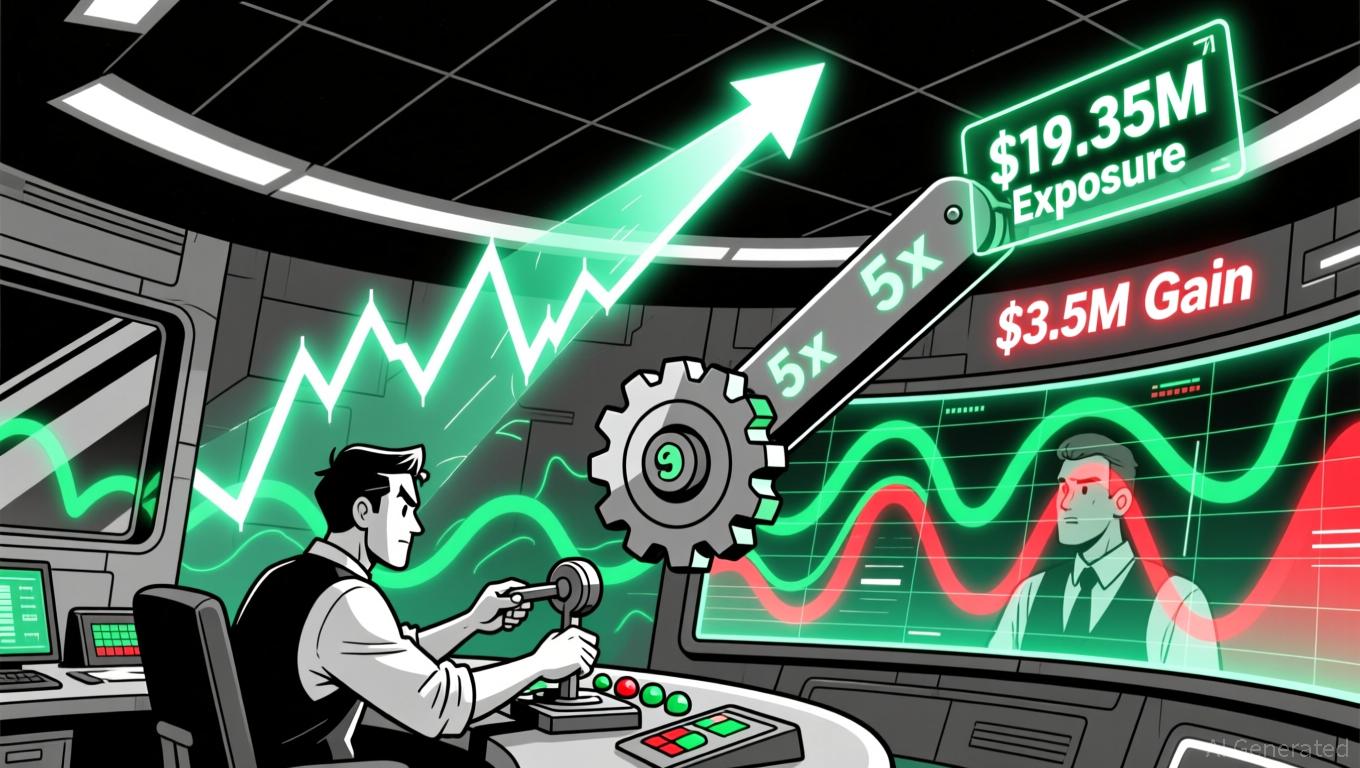In early October, federal funding expired after lawmakers from both parties could not come to an agreement on the budget. This led to a government shutdown that has lasted over two weeks, with no resolution in sight. The government will remain closed until Congress approves a bill to reinstate federal funding, whether through a short-term spending bill or a full-year budget package.
Despite the shutdown, the Bureau of Labor Statistics has resumed limited operations to prepare the September inflation report, which is the final piece of data needed to calculate Social Security’s cost-of-living adjustment (COLA) for 2026. The Social Security Administration is set to reveal the official COLA increase on Oct. 24, even if the shutdown continues.
Here’s what retirees need to be aware of.

Image source: Getty Images.
Predictions for Social Security’s 2026 COLA have steadily risen since President Trump’s tariffs were implemented
Each year, Social Security benefits are adjusted for cost-of-living to help maintain their value. The exact COLA for any year is determined by changes in the Consumer Price Index for Urban Wage Earners and Clerical Workers (CPI-W) during the third quarter, which covers July through September.
The calculation is straightforward: the CPI-W for the third quarter of the current year is divided by the CPI-W for the same period the previous year. The result is rounded to the nearest tenth of a percent, and that percentage becomes the COLA for the next year. For example, if the CPI-W rose by 2.5% in the third quarter of 2024, Social Security recipients received a 2.5% COLA in 2025.
The Senior Citizens League (TSCL), a nonpartisan advocacy group, initially projected a 2.1% COLA for 2026. Over the course of the year, they have revised their estimate upward and now expect a 2.7% increase. Likewise, independent policy analyst Mary Johnson increased her projection from 2.1% in February to 2.8% in September.
What is causing these higher forecasts? Inflation has picked up since President Donald Trump started imposing tariffs earlier this year. According to Yale’s Budget Lab, the average tax on U.S. imports has climbed to 16.7% after accounting for changes in consumer behavior, the highest since 1936. This figure does not include the additional 100% tariff Trump recently proposed on Chinese goods.
The administration’s trade measures have already influenced inflation rates. In April, inflation was at 2.3%, the lowest in four years. However, after Trump introduced a 10% baseline tariff on most countries that month, inflation accelerated to 2.9% by August. Many experts believe this trend will persist as businesses continue to pass on higher costs from tariffs to consumers.
In 2026, the typical retired worker could see an extra $54 to $56 per month from Social Security
Unless September’s inflation data is unexpectedly high or low, Social Security’s COLA for 2026 will likely be 2.7% or 2.8%. The official number will be released by the Social Security Administration on Oct. 24, and recipients will get mailed notices in December detailing their new benefit amounts and any deductions. These notices will also be accessible through the my Social Security online portal.
While waiting for the official announcement, we can estimate how much more the average Social Security recipient might receive next year using the latest projections. The table below shows the average monthly benefit for retired workers and their spouses as of August, along with how those amounts would change with a 2.7% or 2.8% COLA.
Benefit Type
Average Benefit Before COLA
Average Benefit After 2.7% COLA
Average Benefit After 2.8% COLA
Additional Income in 2026
| Retired worker |
$2,008 |
$2,062 |
$2,064 |
$54 to $56 |
| Spouse |
$955 |
$981 |
$982 |
$26 to $27 |
Data source: Social Security Administration.
Retirees should carefully review the 2026 COLA details when the Social Security Administration makes its announcement on Oct. 24. The press release will also outline other updates for the coming year, such as the revised retirement earnings test limits, which indicate how much income those who claimed Social Security before reaching full retirement age can earn before their benefits are reduced.

